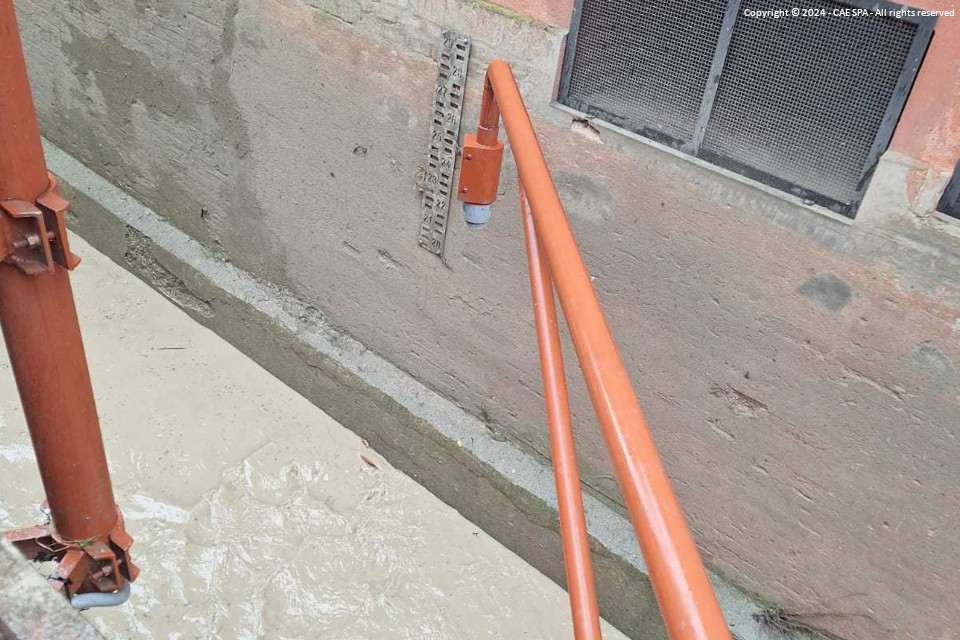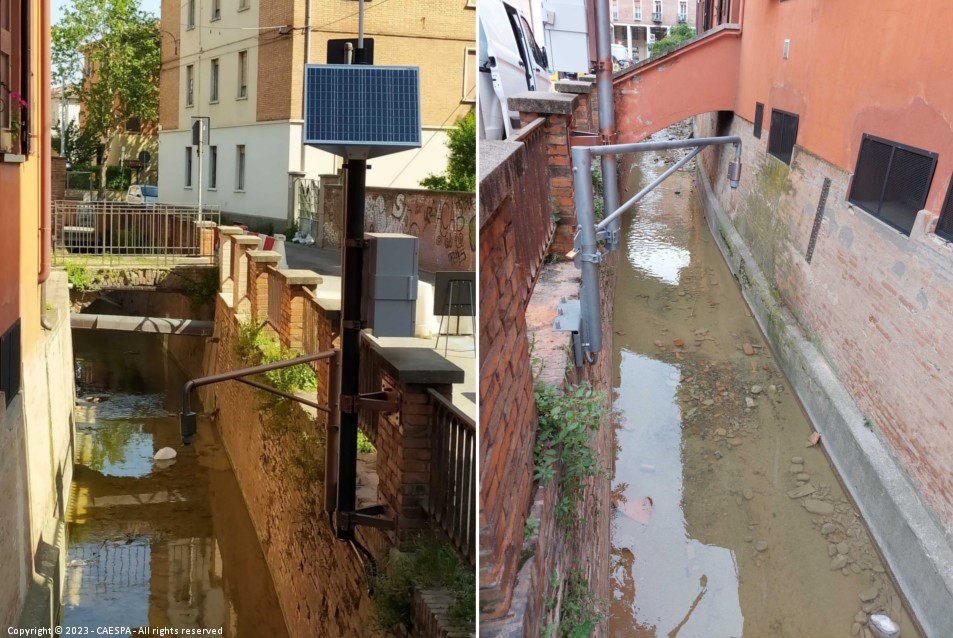Innovation: testing is underway on the local warning for very small basins, where buried rivers and streams are a danger
December 2024
We have already had the opportunity to explain how important monitoring small basins is today, as they go from dry to flooded in a matter of hours, if not tens of minutes, leaving little time for the authorities to intervene and manage the emergency. The short time frame of a possible flood is compounded by the fact that, in Italy, we have made massive use of river burying in past decades. In many cases today, these works are not large enough to drain the water that arrives from the increasingly frequent extreme, localized and high intensity events.
For this reason, following the event that occurred in Genoa as far back as 2011, Michele Di Lorenzo, Federico Grazzini and Fausto Tomei, of Arpae Emilia-Romagna's Hydro-Meteo-Climatological Service, began working on creating a real-time forecast model, to be applied to flash flood warning systems that would issue warnings early enough to make people safe, for very small basins (<20 km2). Today, this model is implemented experimentally on the Ravone river in Bologna.
This is an innovative solution in that it is based on software running directly on the weather station's datalogger. It uses the rain and level data collected at various points, and a modelled index of the basin's capacity to retain water, which is updated every day by Arpae and acquired every morning from the datalogger via ftp, to forecast how high the level will rise in the minutes following the processing.
This system ensures maximum reactivity in disseminating the warning. Operationally, this is achieved with a CAEtech Compact data logger running the Linux operating system. It is designed to be powerful, low-power, open and even customer-programmable to meet even the most specific requirements.
The model used today is based on a relationship found by traditional statistical regression methods, but the system is ready to exploit the potential of artificial intelligence.
During the flood events of May 2023, when the level data relating to the Ravone in via del Chiu was not yet available, it became apparent that hydrometric data was available half an hour/an hour earlier than downstream, i.e. in the city.
This warning system will soon make it possible to issue warnings to citizens in danger before the event occurs.
As mentioned earlier, it is a model designed for the characteristics of very small basins. In order to extend its use to other scenarios, similar to that of the Ravone, a series of statistical analyses must be carried out on the historical data available for the area of interest, after which the key parameters must be calibrated. In this way, the model can be tested and provide reliable predictions in any basin of the same type.
For the in-depth study applied to the May 2023 flood case, click here.
For the interview with Federico Grazzini by Il Sole 24 Ore, click here.
Back to the news index


